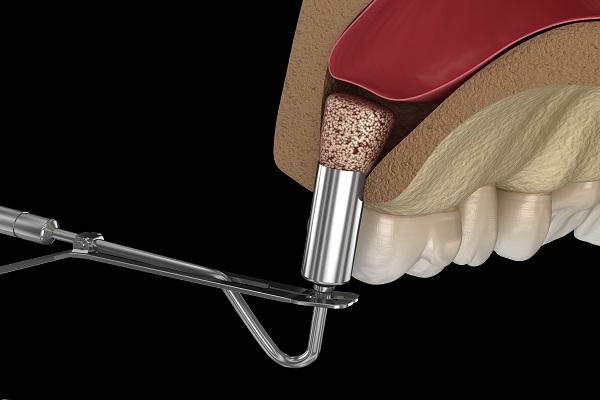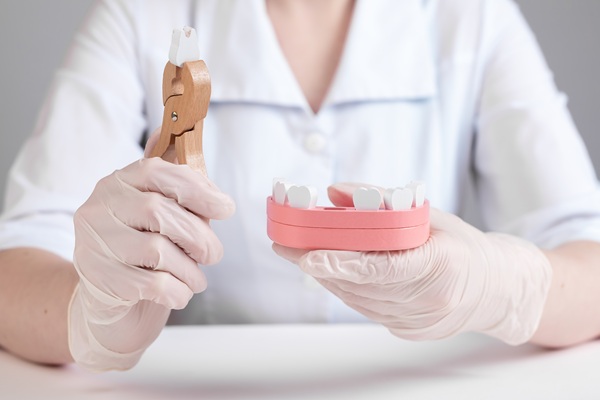Sinus Lift Procedure and Dental Implants

A sinus lift procedure is often necessary before the placement of dental implants to ensure a successful tooth replacement experience. This review highlights what patients can expect during a sinus lift procedure and when a dental professional may recommend a sinus lift before having dental implants placed in the upper jaw.
What to know about a sinus lift procedure before dental implant placement
A sinus lift procedure may be necessary for patients who have experienced bone loss in the jaw and do not have enough bone to adequately support implants. The procedure requires a specialist (i.e., an oral surgeon) to ensure the optimal safety and effectiveness of the results.
What is a sinus lift procedure?
A sinus lift procedure is a form of oral surgery in which bone is grafted in the upper jaw between the molars and premolars. This is done to ensure the successful placement and osseointegration of dental implants within the upper jawbone. The facial area in the upper jaw is a tight space, so to make room for the bone graft, the surgeon lifts the sinus membrane (hence the name).
When is a sinus lift procedure necessary for dental implants?
A sinus lift procedure may be necessary if there is bone loss in the upper jaw that prevents the ability to place the dental implants inside of the jaw. This is particularly the case if implants are being placed in the upper jaw around the area where the premolars and molars were. Without a sinus lift procedure to restore lost jawbone, the risk of dental implant failure is much higher.
How can I prepare for a sinus lift procedure?
The oral surgeon can provide detailed preparation instructions to ensure the patient is prepared mentally and physically for the surgical procedure. The bone that is used to replace the lost jawbone during a sinus lift procedure is taken either from another part of the body, from an allogenic bone, or from synthetic material. If bone is taken from another part of the body, then this typically takes place during the procedure.
What is the recovery process like?
The primary goal of recovery is to prevent infection. Subsequently, the surgeon may provide antimicrobial mouthwash, antibiotics, and oral care instructions. Patients are able to return home on the same day as the procedure once they are conscious and the effects of the anesthesia wear off. However, they are required to arrange for a ride home.
What is the next step in the dental implant process?
Once the mouth heals after the sinus lift procedure, then implant placement can be arranged, and the patient can continue with the established teeth replacement schedule.
Talk to our oral surgeon about the sinus lift procedure and dental implants
If you have questions about the sinus lift procedure or dental implants in general, then contact our oral surgery team today. We are glad to answer your questions, address your concerns, and arrange for a consultation visit to discuss the sinus lift procedure and dental implants.
Request an appointment here: http://www.periodontistboca.com or call Thomas A. Copulos DDS, PA at (561) 763-1066 for an appointment in our Boca Raton office.
Check out what others are saying about our services on Yelp: Sinus Lift in Boca Raton, FL.
Recent Posts
Appearance may be one of the first things people think about when it comes to tooth replacement. However, improved appearance is just one of the many benefits of replacing missing teeth. Tooth replacement can be key to improving not only how you feel about your smile but also boosting your oral health.Whether one chooses dentures,…
Wondering whether a periodontist can treat receding gums? Read on to learn more. Due to the increasing awareness about dental hygiene, many people are worried about gum recession. This issue is not just cosmetic: It may signal underlying dental problems that could cause serious health problems if ignored. Although routine dental care such as brushing,…
An oral surgeon might recommend the sinus lift procedure if your jawbone needs to be built up so it can hold dental implants. Also known as a sinus bone graft, the treatment is used to build bone tissues in the upper jaw. Oral surgeons or periodontists typically perform the procedure. Patients need to be fully…
Many patients with missing teeth find themselves looking at implants as a solution. Dental implants have become a popular tooth replacement option in recent years that offers numerous benefits for a patient's oral health. Different types of prostheses are used with implants for different severities of tooth loss.Implants are nowadays one of the most common…


